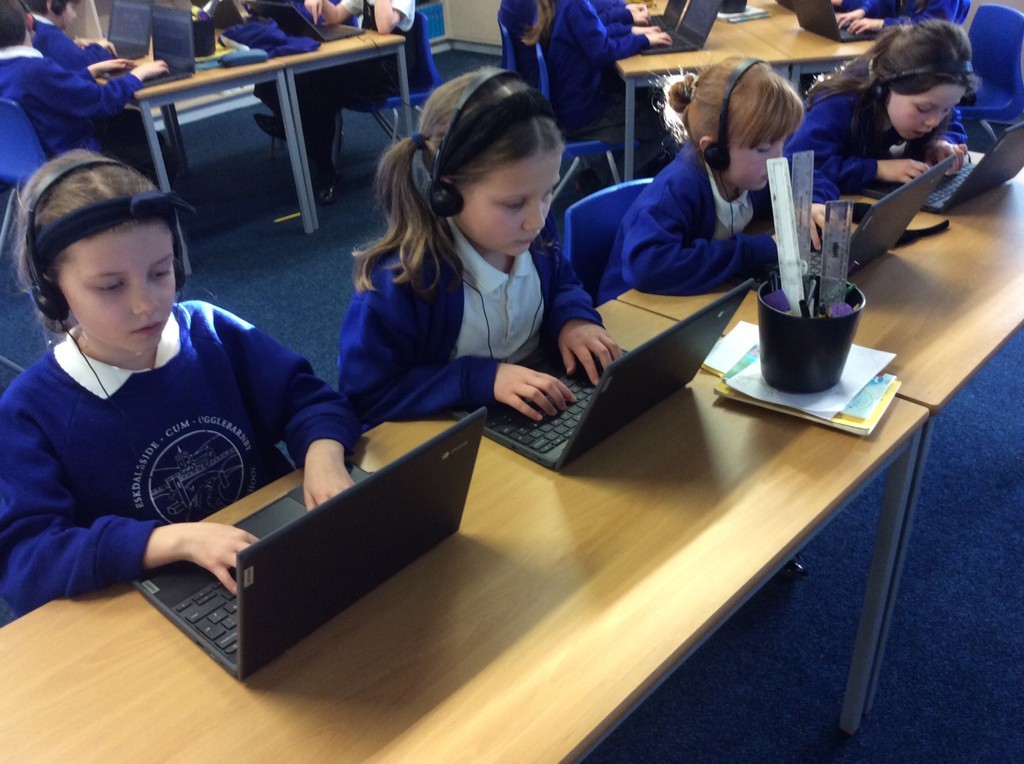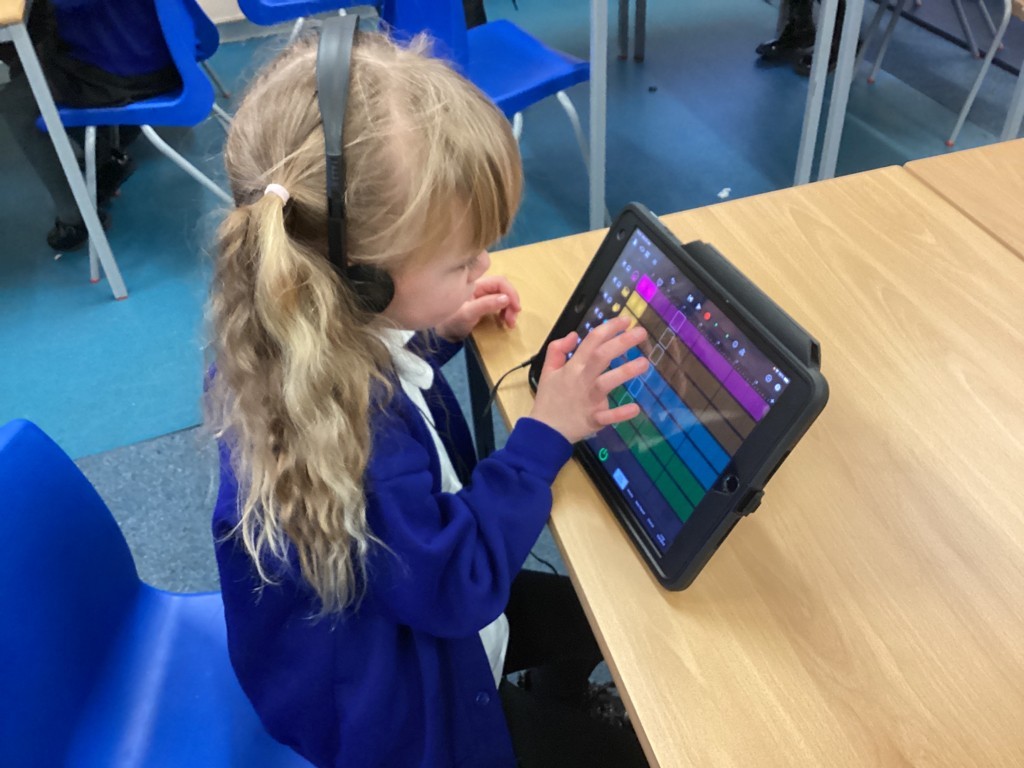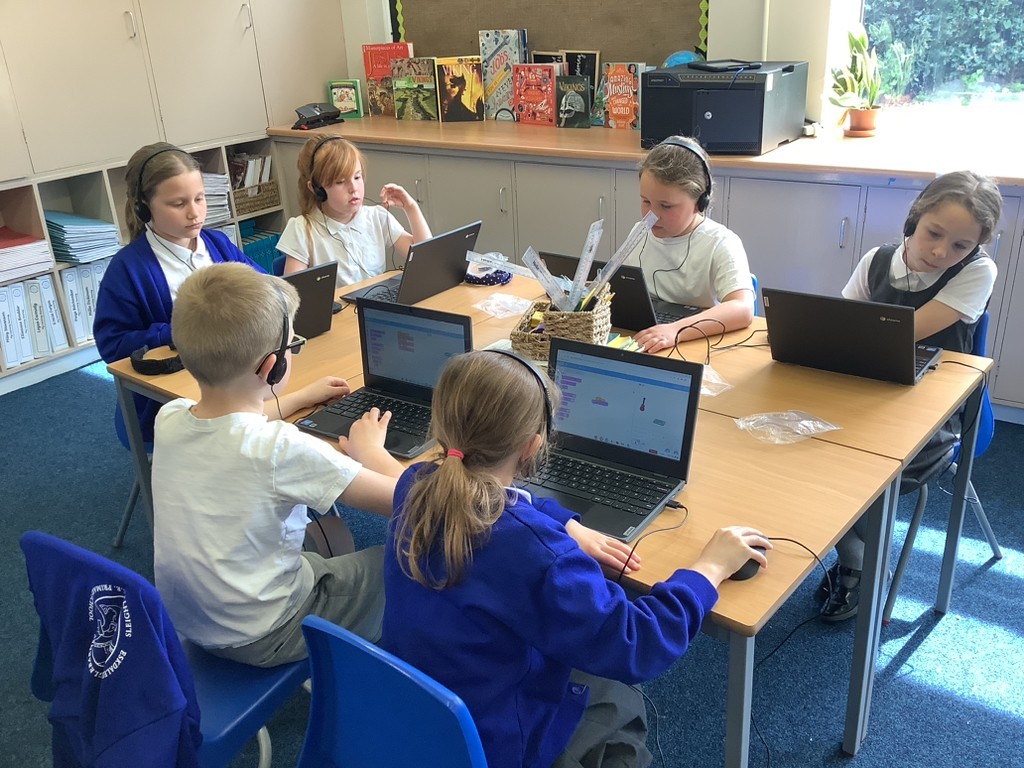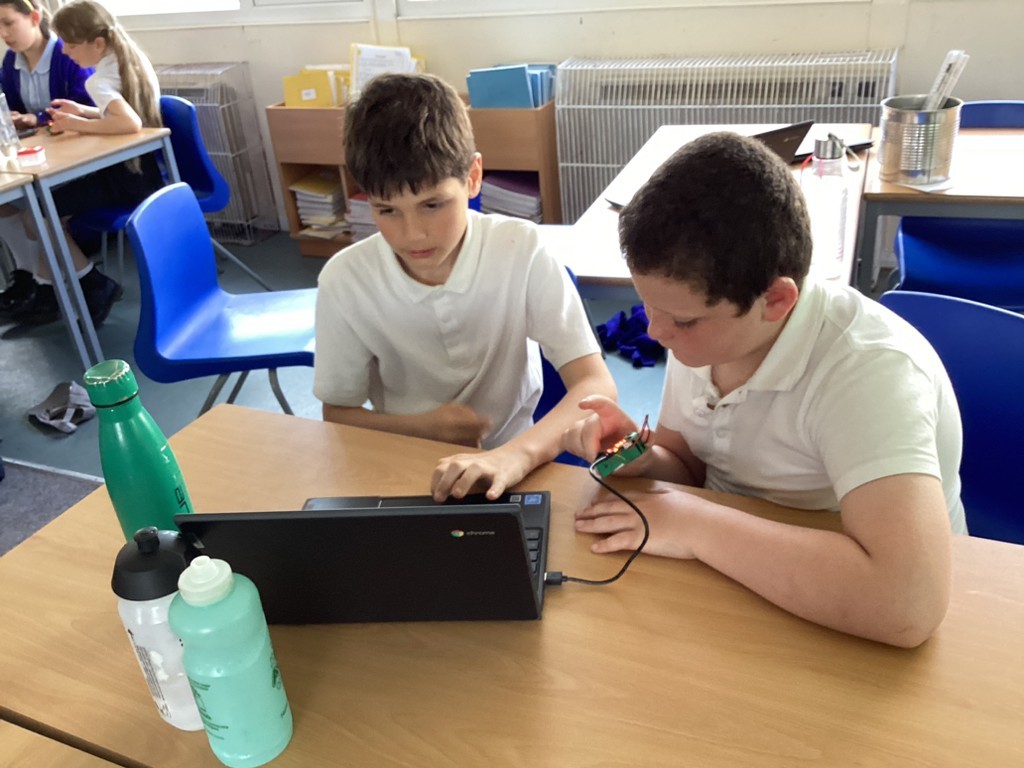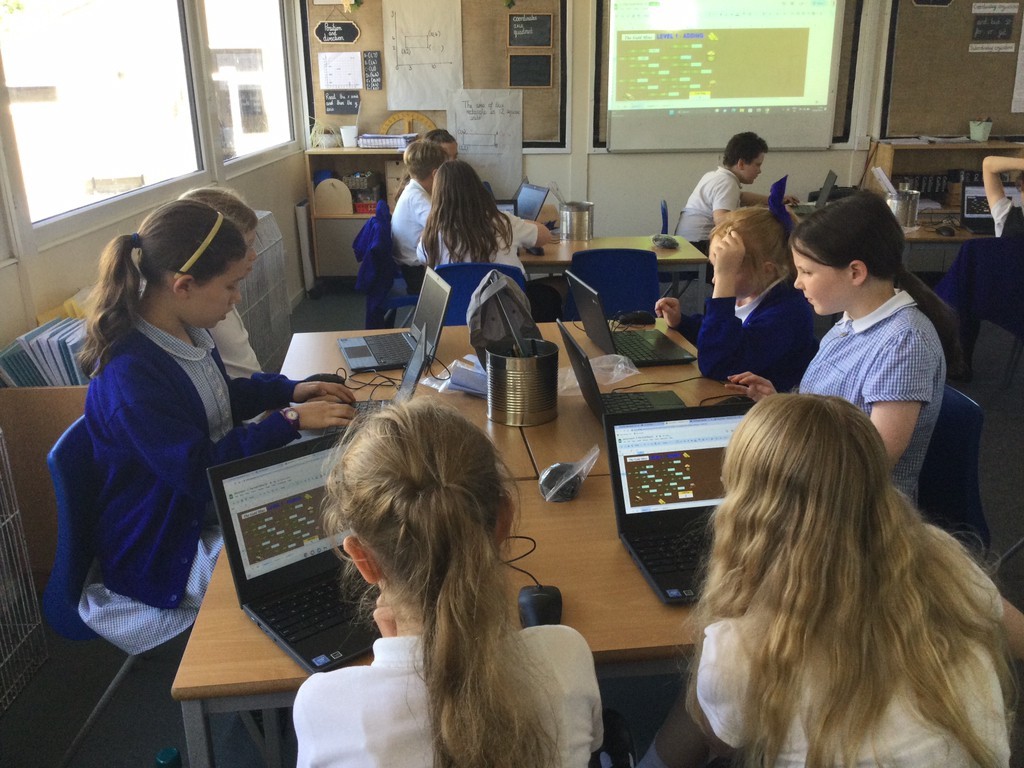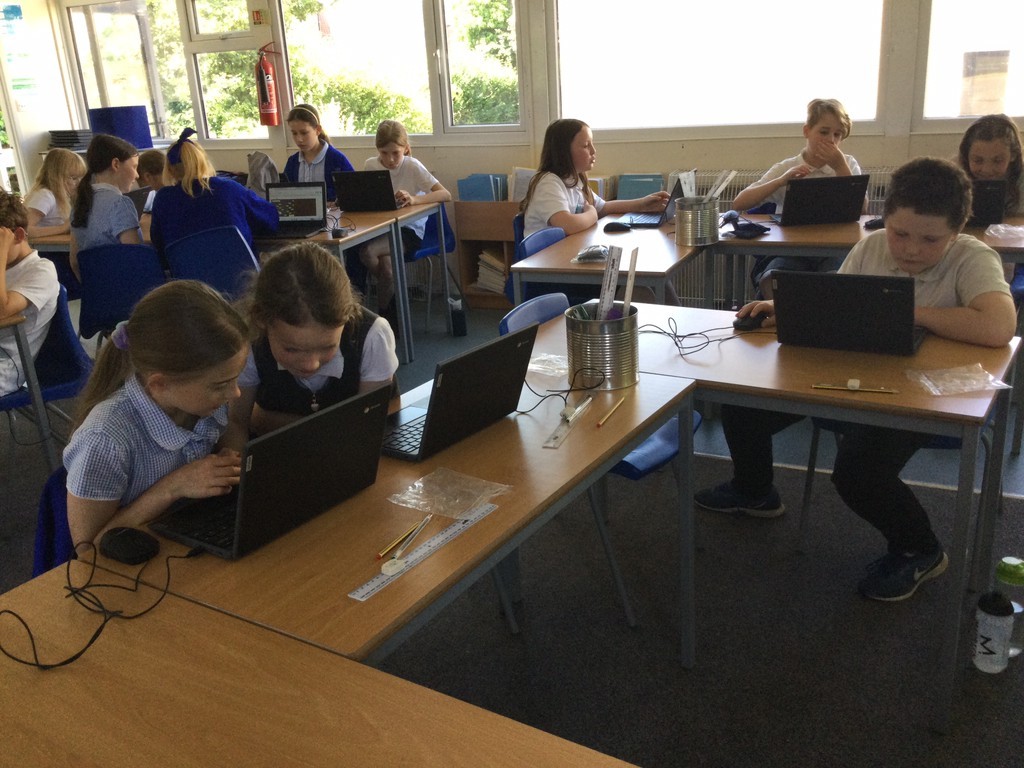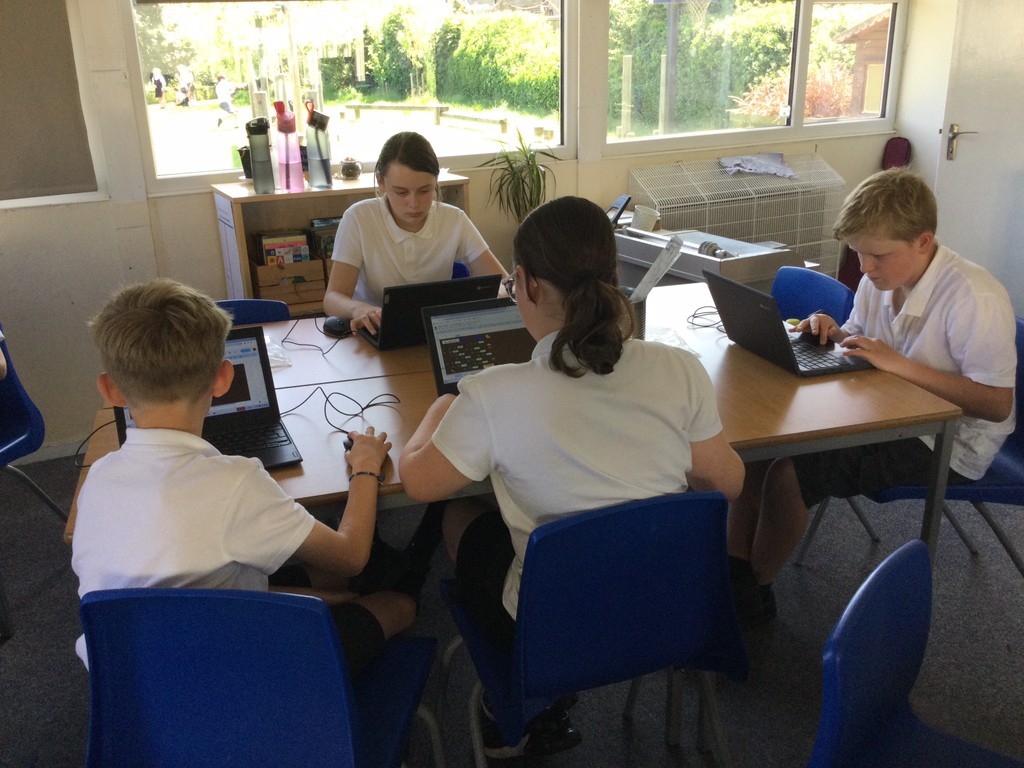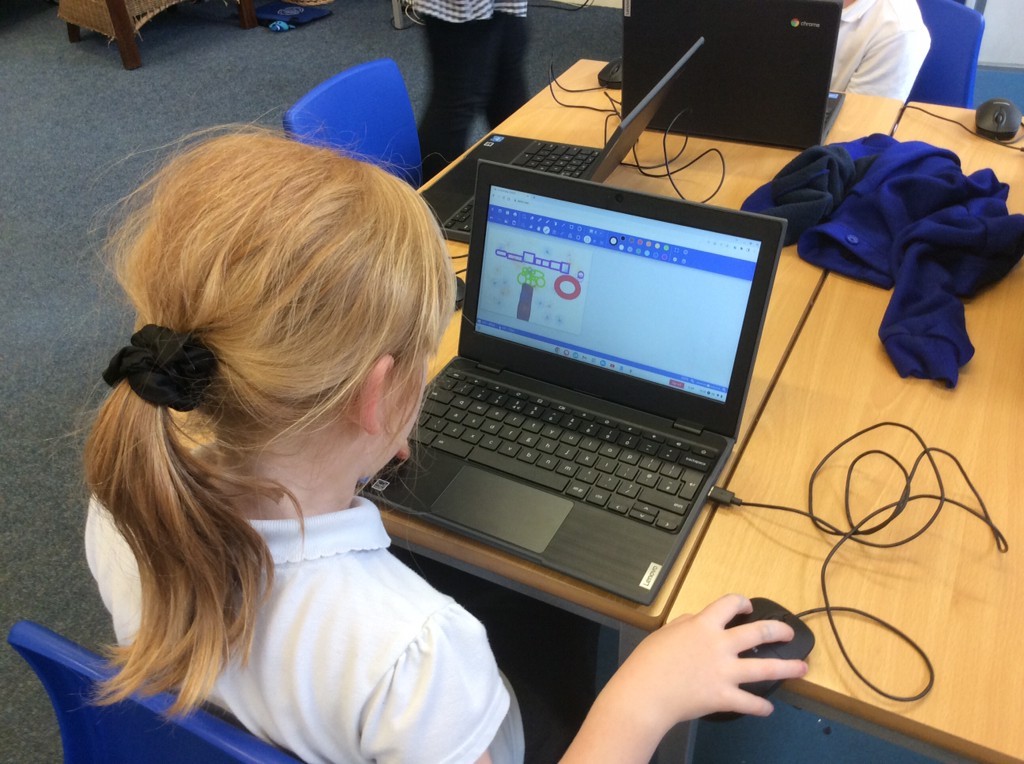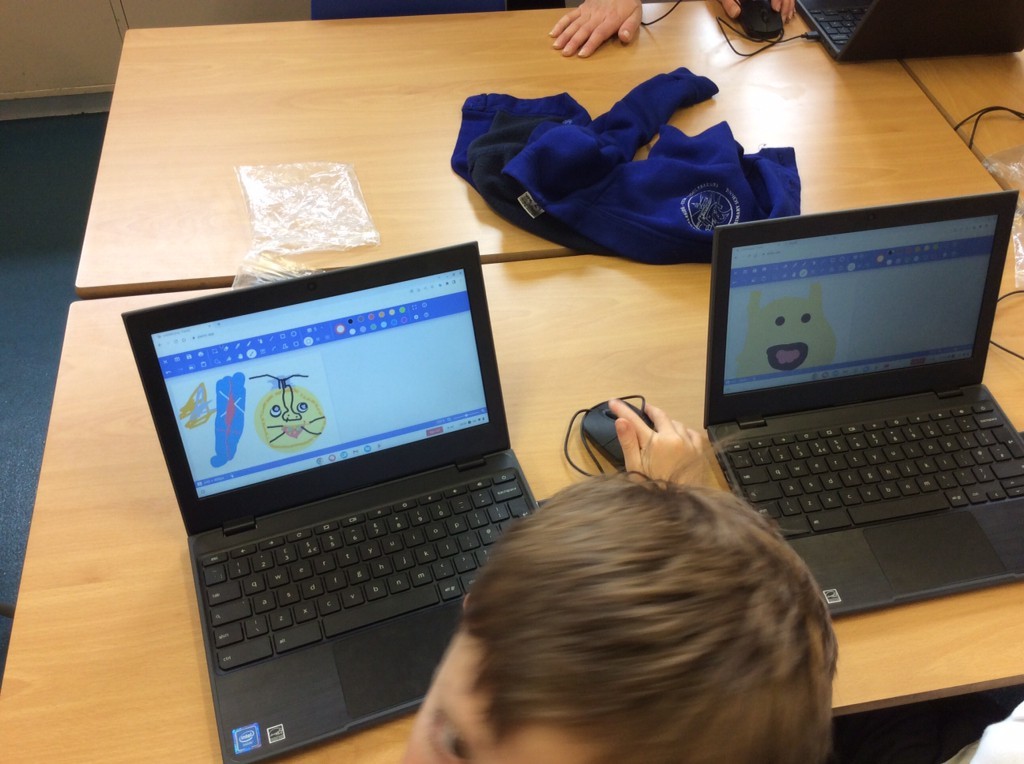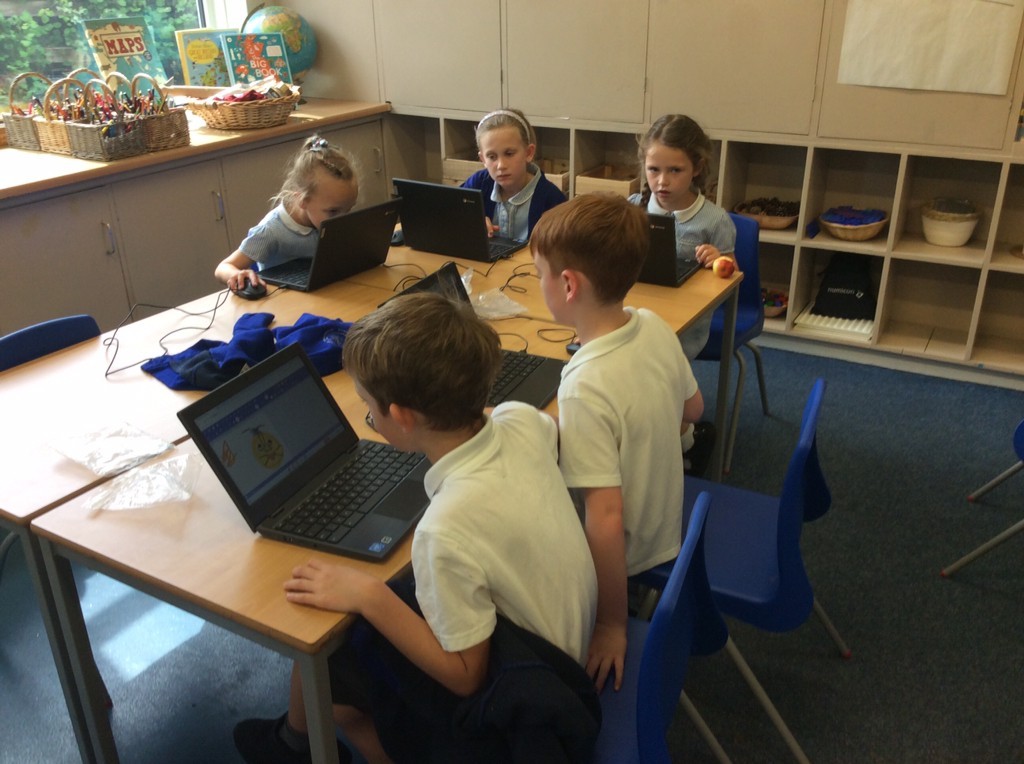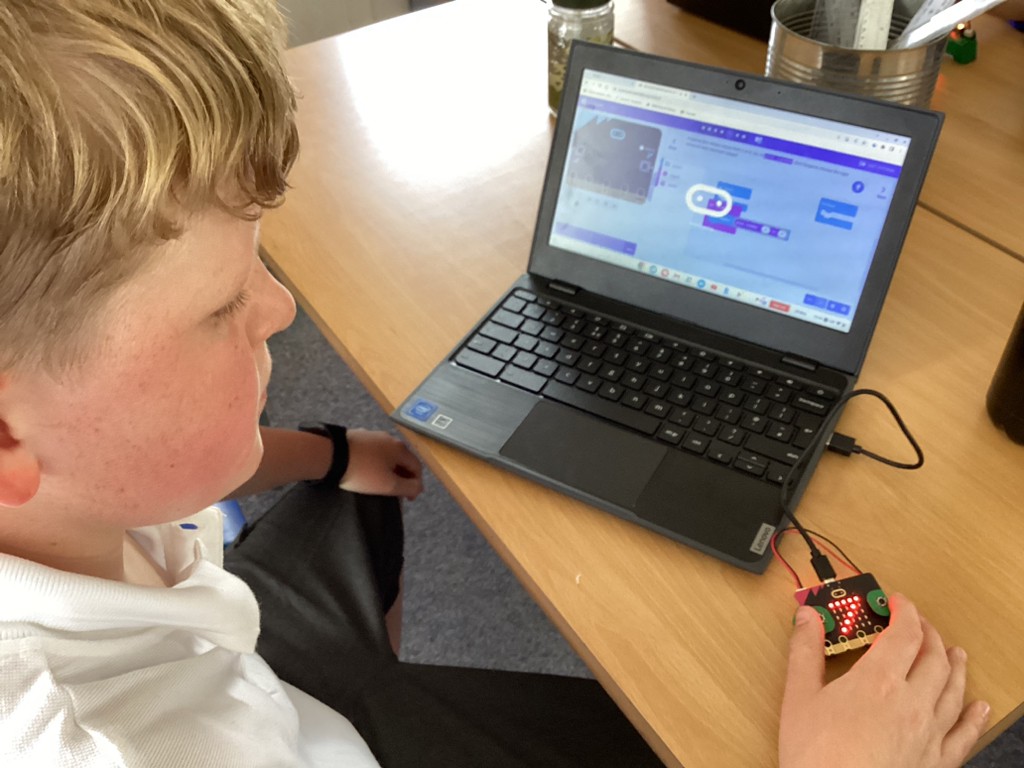 The teaching of computing at Sleights is underpinned by the ongoing development and acquisition of knowledge and skills. This development and acquisition occurs as a result of our own school’s curriculum sequence and progression, which maps out the core knowledge and skills children need to be highly effective computational thinkers.
The teaching of computing at Sleights is underpinned by the ongoing development and acquisition of knowledge and skills. This development and acquisition occurs as a result of our own school’s curriculum sequence and progression, which maps out the core knowledge and skills children need to be highly effective computational thinkers.
At Sleights, our bespoke curriculum for Computing provides explicit opportunities to develop knowledge and skills relating to three curriculum areas. These are organised into a Year A and Year B curriculum, with six being taught per year. This enables deep understanding and development over a half term. Throughout their time at Sleights, children will revisit each specialist area, making links across different areas and Key Stages.
Our curriculum is delivered by our Computing Expert, Mrs Gurney.
The learning areas in computing are: E-Safety, Computing & Digital Literacy and Coding
The full policy for Computing can be found here: Computing – July 2023
Computing at Sleights involves:
|
Dedicated curriculum time to engage in range of purposeful and practical experiences relating to computing. |
|
Sequenced learning experiences, which build on prior knowledge and understanding. |
|
Developing a secure understanding of declarative knowledge (knowing that) and procedural knowledge (knowing how) |
|
Expert teaching, supported by a wide range of computing hardware and software. |
Statement of Computing Intent
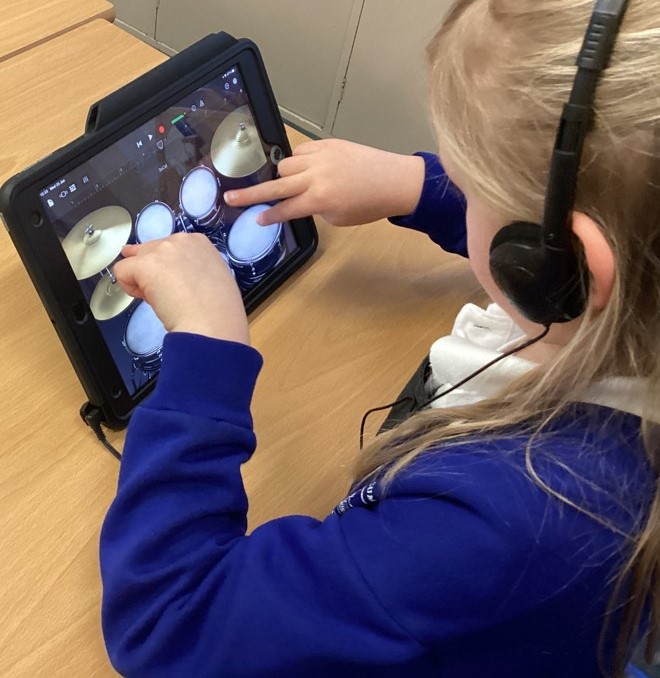 The children at Sleights will be provided with a curriculum offer for Computing, designed to:
The children at Sleights will be provided with a curriculum offer for Computing, designed to:
- identify crucial learning, which is placed in context and connected to other knowledge.
- gain a secure understanding of core computing aspects.
- build on and develop computing knowledge and skills in a well sequenced and structured progression across their time at Sleights.
- support children’s acquisition and progressive understanding of substantive and disciplinary knowledge.
- enable children to use a range of hardware and software.
Statement of Computing Implementation
Our approach:
Computing is implemented at Sleights through:
- timetabled, high-quality lessons, which enable children with the time and opportunities to develop their Computing understanding and skills over time.
- the use of a progressive long term plan, which is organised so that children can build an increasing knowledge base of Computing techniques, disciplines and skills.
- a revisit of key concepts in Computing, over time, to enable children to build on what they know and apply them across a range of hardware and software.
- ongoing opportunities to acquire and apply theoretical knowledge relating to Computing.
Learning in Computing is recorded in a variety of ways. Children enjoy a range of practical activities, which may be recorded on the hardware, for example, all children have access to a Google classroom. Children also have physical folders where printed work is collated.
The long term plan for Computing sets out six units per year. This is reviewed on an annual basis, to ensure effective progression and development for each class. Each unit is reviewed and revisited, to ensure children continue to gain and use skills.
| Autumn 1 | Autumn 2 | Spring 1 | Spring 2 | Summer 1 | Summer 2 | |
|
Content |
E – Safety |
Computing Systems and Networks |
Coding |
E – Safety/ Digital wellbeing |
Programming |
Coding |
The content of our Computing curriculum:
Our school art and design curriculum provides a broad range of opportunities to learn how to use a range of hardware and software for E-Safety, Computing & Digital Literacy and Coding.
Computing at Sleights focuses on the acquisition of new knowledge and building on prior learning relating to:
- declarative knowledge (knowing that)
- procedural knowledge (knowing how)
For all phases in school, expected knowledge and skills has been identified, so that children learn more and remember more throughout their time at Sleights.
Statement of Computing Impact:
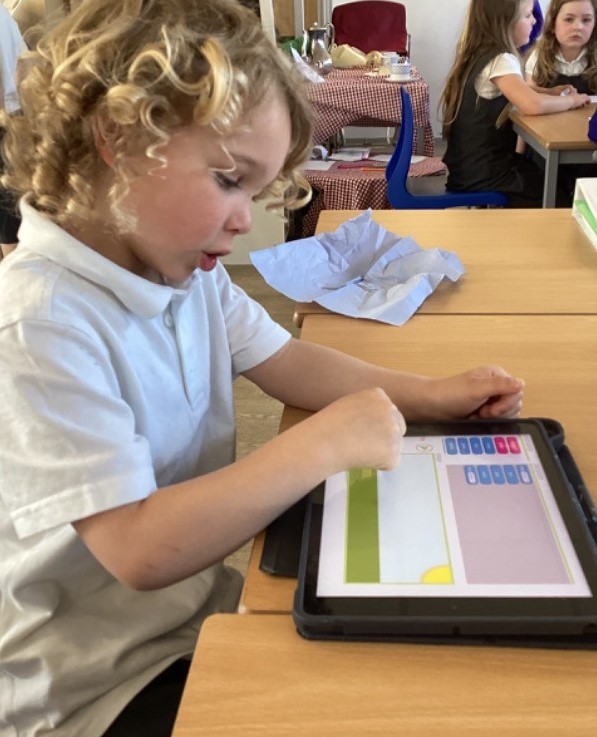 Assessment for learning is fundamental to raising standards and enabling children to reach their potential. Assessment in Computing takes place during and after each taught session, using a range of strategies such as verbal feedback, verbal discussions with children and response time.
Assessment for learning is fundamental to raising standards and enabling children to reach their potential. Assessment in Computing takes place during and after each taught session, using a range of strategies such as verbal feedback, verbal discussions with children and response time.
Teachers assess children’s work in Computing by making assessments as they observe them working during lessons, using the same assessment framework throughout the school. Assessment decisions are made against one of four statements:
- Emerging towards expectations: Children are starting to show a basic understanding of the knowledge and skills and need lots of guidance and support through scaffolds.
- Working towards expectations: A child is beginning to demonstrate understanding key concepts but may still need support and guidance. These pupils are working towards expectations.
- Meeting expectations: These children are securely working at age related expectations.
- Exceeding expectations: Children are able to make informed decisions and responses using the skills and knowledge in a secure way.
